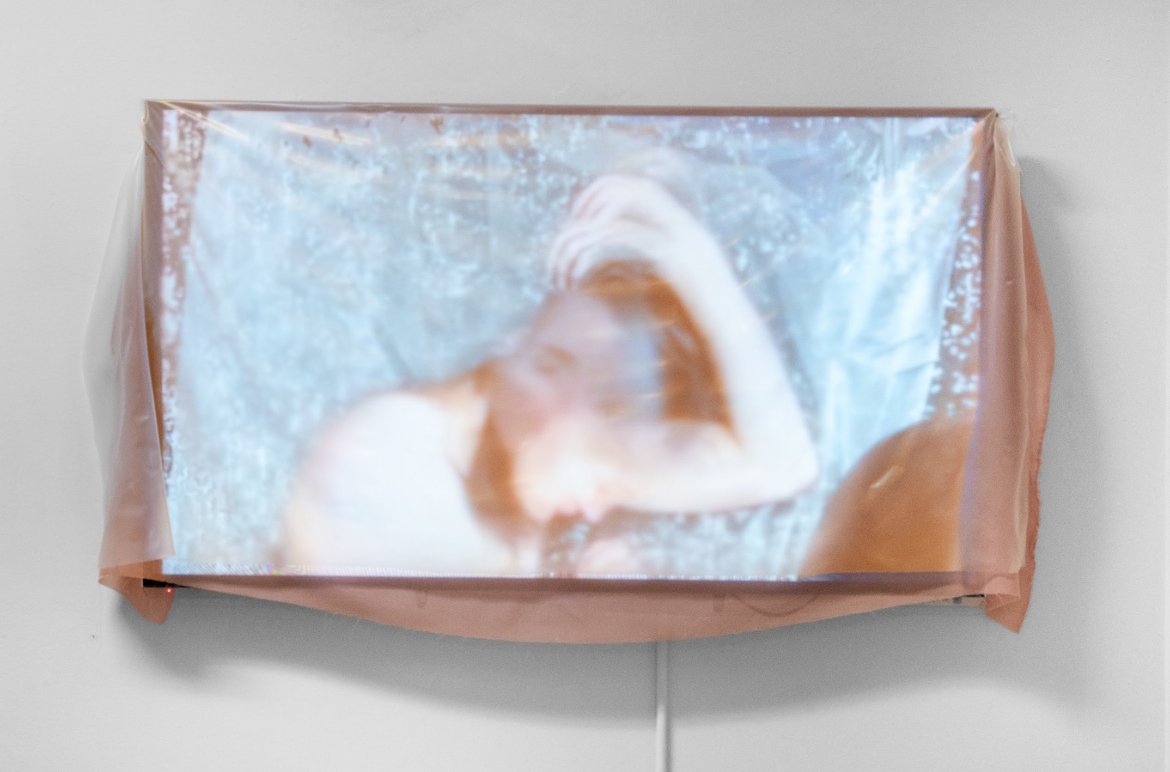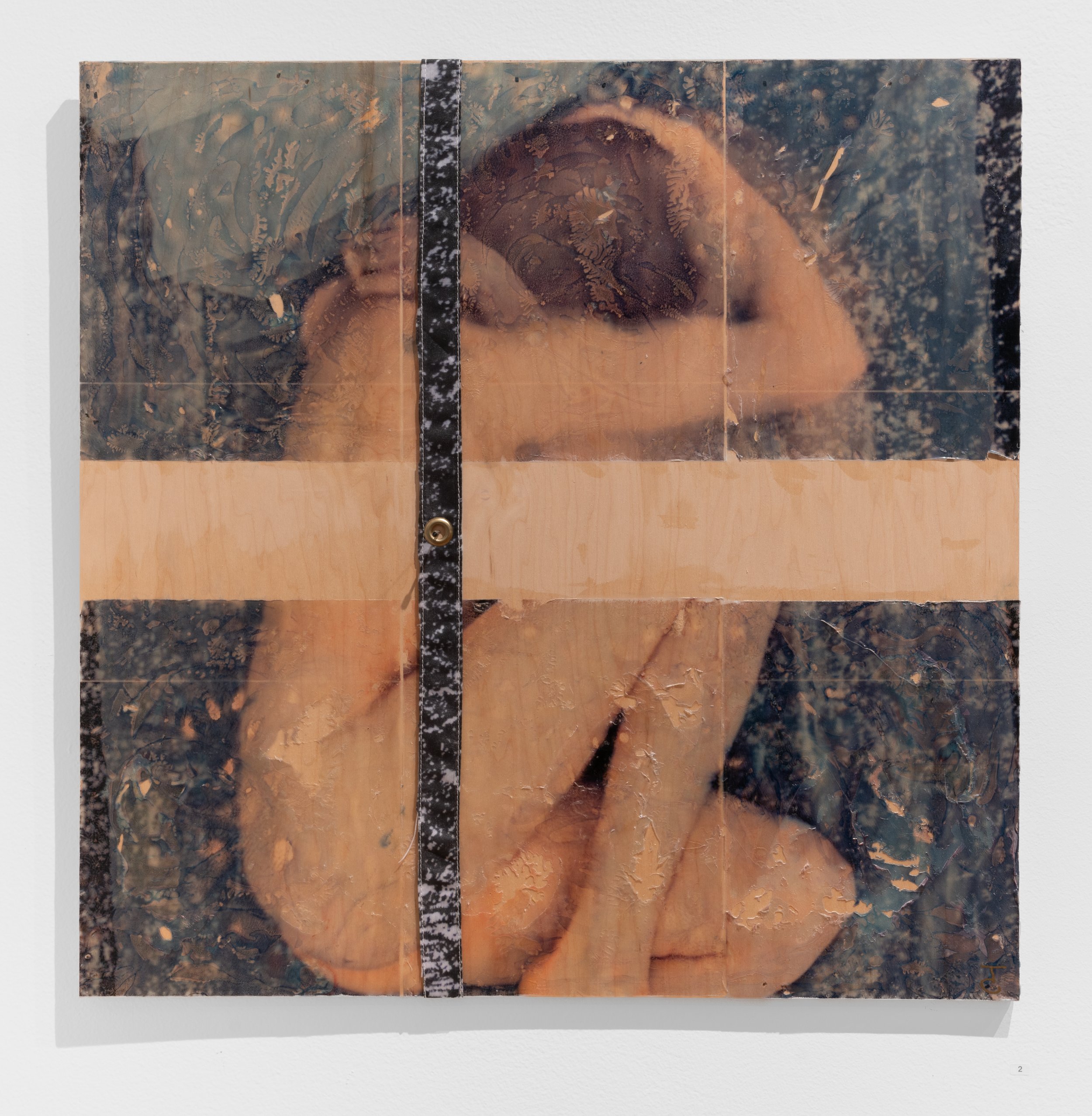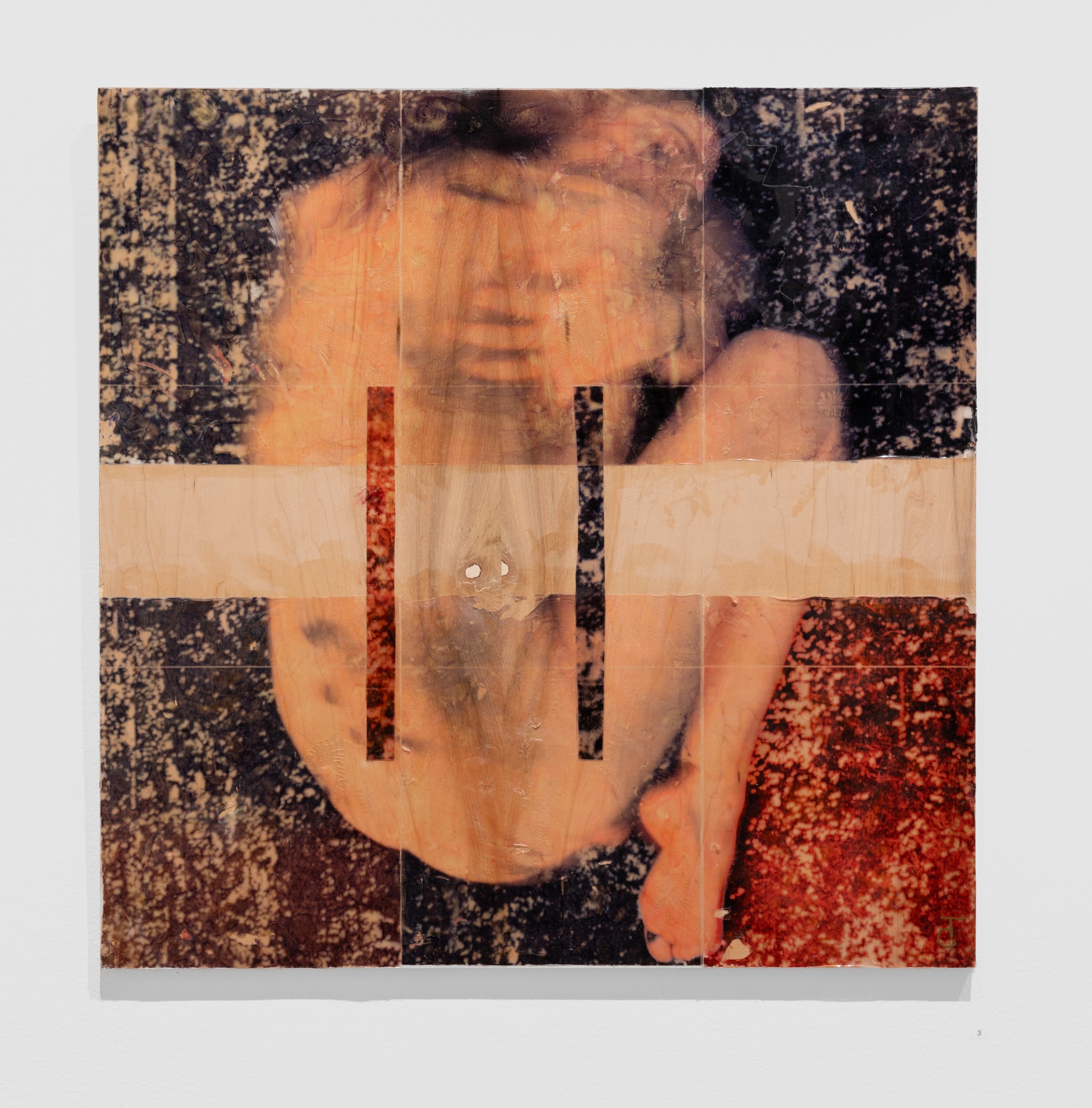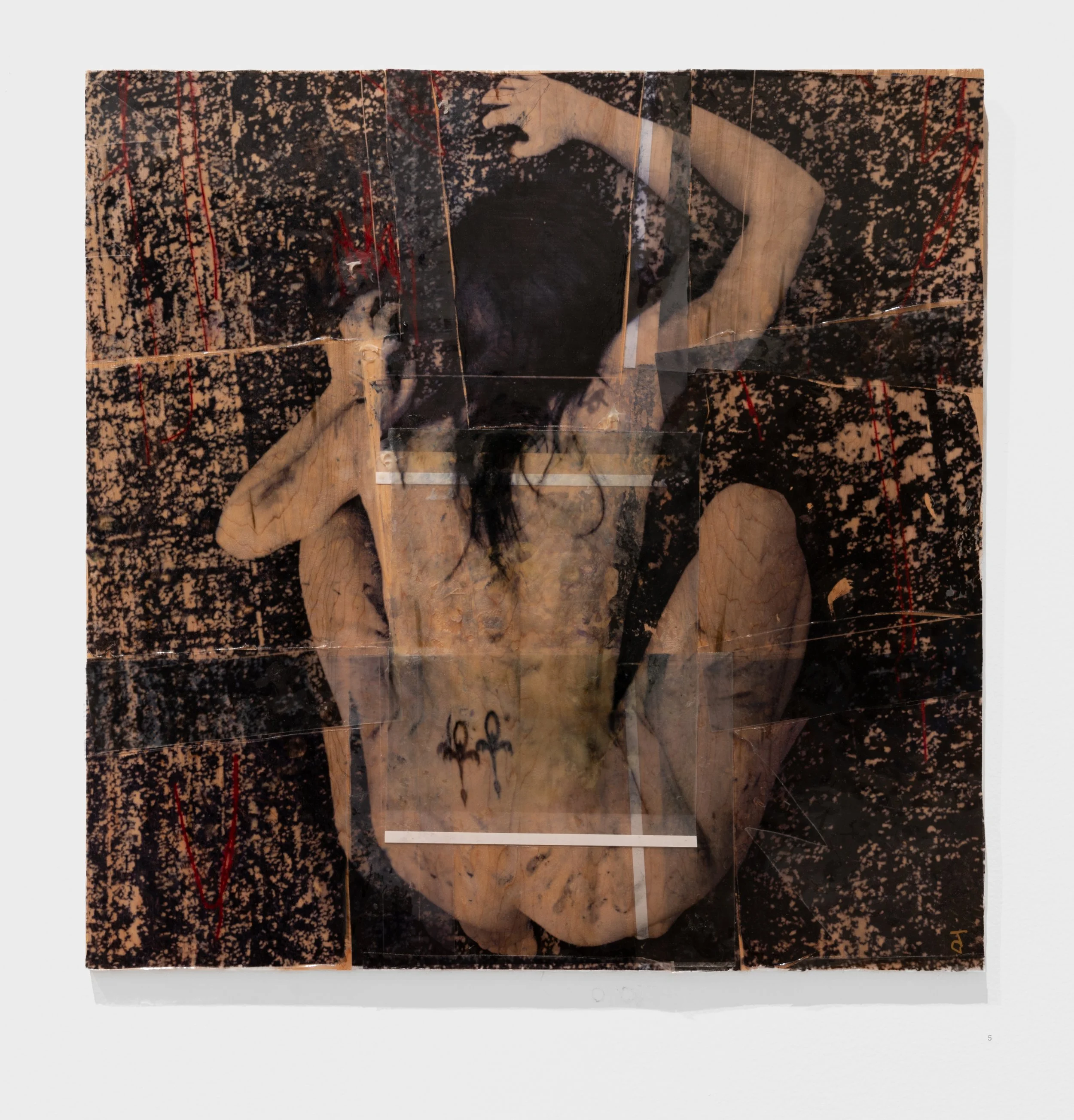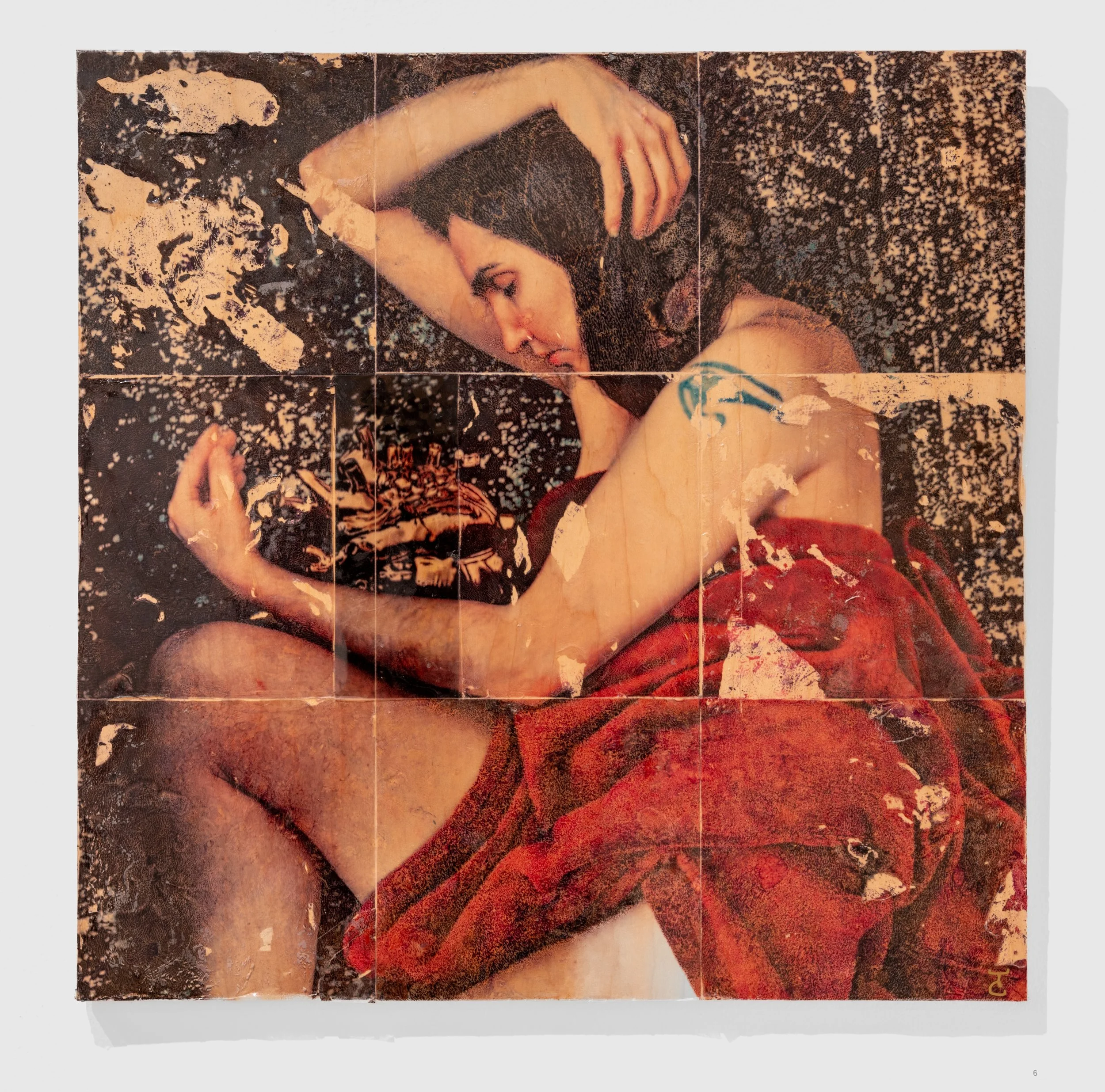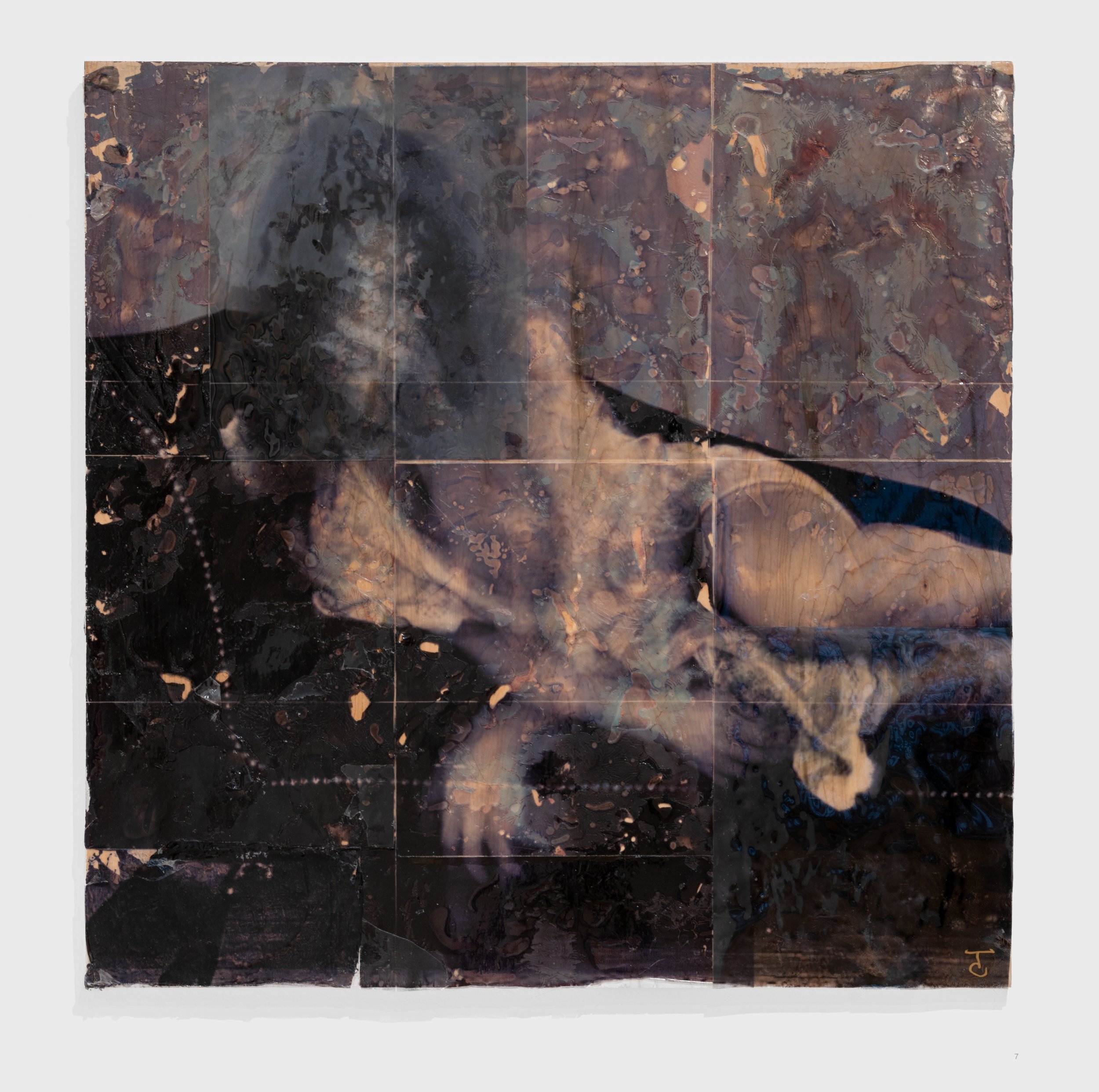Under the Skin
There is an implication of skin as being a mode for interpretation - obscuring and informing a presence, cultural identity and prejudice. If one goes by the saying ‘don’t judge a book by its cover’, how often does our skin actually hide the truth of our inner experience, and how often are we judged by our outer shell?
In ‘Under the Skin’ Penny Cagney and Jenny Chernansky delve into the connections between our inner states of mind and the physical manifestations that arise with our outer layers. For the medical community, a patient’s skin offers a first view into health. Textural changes, discolorations, moles, and lesions can signal underlying health problems. Skin not only signals our underlying physical health. It also can reflect our state of mind.
Despite its elasticity and remarkable resilience , skin inevitably gives way in the aging process. Grief, stress, depression and anxiety can stress the barriers between our inner and outer worlds. Poignantly, skin ever reminds us of our frailty and mortality, but also has a remarkable ability to regenerate like a snake shedding its skin.
Both artists work across mediums and share an interest in deliberate and active alteration of surfaces, as well as random changes brought about by the environment or over time. Penny works with oil and acrylic paint, glue and pouring mediums on vinyl and cloth, using her own body's imprint and silhouette as template, and Jenny uses a unique photo transfer process with acrylic gel, glue, ink hair, and other physical properties on wood panels. The methods of both artists allow them to recreate skin characteristics in their work–creating a kind of metaphor to explore interior states through bodily surfaces.
In addition to being a barometer of physical and emotional health, skin also very much relates to cultural standards of beauty. The expressions ‘don't judge a book by its cover’ and ‘beauty is only skin deep’ warn us about this superficial connection. We judge and are judged on appearance. Shame related to the color, consistency, and cleanliness of our bodies has been a consistent source of pain throughout time. Chernansky and Cagney ask us to look a little deeper–beyond pigment and texture–to see the commonalities of truths and shared emotion that exist under our skin.
Jenny Chernansky
Using a unique transfer process there is a breaking down, tearing apart and mending. Each piece is created through a combination of controlled application and chaotic intervention, where the image when applied to the surface reacts to time, pressure, and volume. In the process of making these works there was cutting, tearing, ripping, picking, pulling apart and putting back together.
As a meditation on the stages of grief and the grieving process, these works ask the viewer to examine their own personal experiences. Through the incorporation of items such as nails, tears, blood, and hair, the work considers the religious implications and history of relics - physical pieces of the body which are believed to hold transcendent power to heal, answer prayers or end suffering. In some traditions, suffering is venerated and may lead to salvation, whereas in others it is something to be freed from.
The square image has recently been synonymous with social media and the plethora of photos that often encompass projected ideals of life or self. The hypersexualization of women’s bodies reveal only surface qualities. This idealization creates a dissonance, a dissociation from our true selves which is often buried beneath the surface.
Reflecting on violence against women in media and society at large, these issues have often been sensationalized or buried to the point where it doesn’t even register as a real problem. As much as movements like ‘me too’ have made an impact, gender issues, gender violence, and feminine sexuality continue to be dangerous and often a beacon for violence. Instead of addressing it it becomes entertainment or a back story, overshadowed. More often than not signs of abuse are well hidden, out of fear or shame or misplaced loyalty. These issues lie buried, hidden behind pretty lies and smiling faces, just under the skin. By unearthing what lies beneath, perhaps we may find a path towards healing.

